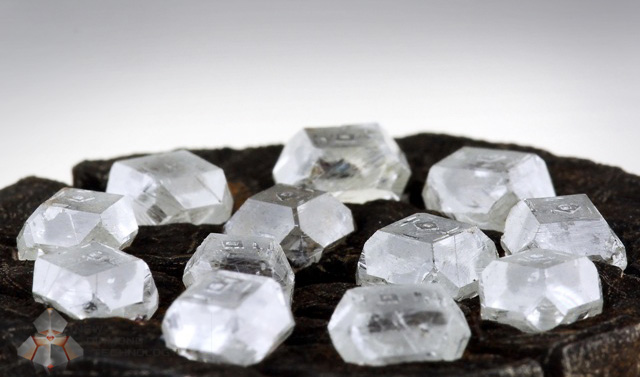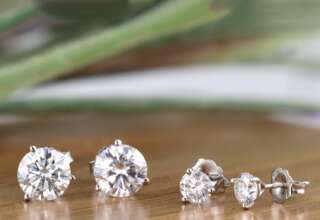
While in school, you may have learned that carbon, extreme pressures, and high temperatures are building blocks for creating a diamond. It’s probably one of the reasons why you got startled when you first heard the term “lab-grown diamonds.”
Man Made Diamonds, Lab Grown, Lab Created – What Is It?
Lab-grown diamonds are diamonds that accurately reflect real diamonds but are made in a laboratory. It is also known by other names such as cultured diamonds, cultivated diamonds, artificial diamonds, synthetic diamonds, or man-made diamonds. Lab-grown diamonds exhibit the same chemical and visual properties as a natural diamond crystal created by Mother Nature’s geological processes. This is because they are literally made using the same structure and chemical components as natural diamonds.
Prices for synthetic diamonds are often cheaper than those for natural diamonds. And, it’s one of its biggest selling points.
How Is It Made?
The mechanisms that result in the formation of natural diamonds are replicated in laboratories to produce lab-created diamonds. Diamonds are formed over the course of millions of years with extreme heat and pressure. This causes the carbon atoms to alter into stunning and alluring gemstones.
Diamonds made in a lab grow in the same manner. However, instead of taking millions of years, a man-made process merely lasts a few weeks.
In general, the process makes use of a diamond seed, which is a microscopic fragment of diamond that serves as the foundation for man-made diamonds. This seed is put in a special chamber that mimics the conditions found in the Earth’s crust.
The seed will ultimately develop into an artificial diamond due to its pure carbon coating. And, it will feature an identical chemical composition to a natural diamond.
For lab-created diamonds, there are two popular methods that are being used – Chemical Vapor Deposition (CVD) and High Pressure-High Temperature (HPHT).
Compared to HPHT, CVD requires less pressure and heat. Instead, it uses a combination of chemical gases to form crystalline carbon atoms.
On the other hand, the diamond seed and the carbon atoms covering it are subjected to extreme heat and pressure when using the HPHT method. The pressure can be as high as 1.5 million lbs per square inch. And, the temperatures can reach up to 2,700 degrees Fahrenheit or 1,500 degrees Celsius.
The end product of both processes is the same: a man-made diamond that is created in a matter of a few weeks.
Can You Tell The Difference?
Without specialist equipment, it is impossible to distinguish between natural and lab-grown diamonds. This is true even if you’re a professional jeweler. Examining the grading report is the best method to determine if a diamond was created in a lab or naturally.
A professional gemologist uses magnification to examine the kind of inclusions to determine if a diamond was mined or created in a lab. When compared to lab-created diamonds, inclusions in natural diamonds have a somewhat distinct appearance. Sometimes, there are variations in the way a natural diamond reflects light when compared to a man-made diamond.
However, generally speaking, it is impossible to tell a lab-created diamond from a real diamond when visually comparing the two.
Should You Buy A Lab-Grown Diamond?
Well, that’s a question that only you can answer. However, lab-grown diamonds come with their own sets of advantages.
* Eco-friendly – most people these days are careful when it comes to the environmental impact of the items they choose to buy. It’s well known that mining causes a huge environmental impact. The beauty of lab-grown diamonds is that they don’t carry such baggage.
* Increased purity – diamonds produced in laboratories are purer than those found in mines. This is because, unlike naturally occurring stones, synthetic diamonds are free of contaminants.
* Available in different colors – due to scarcity, colored diamonds can fetch exorbitant prices. Thankfully, technology has made lab-grown colored diamonds more affordable than the naturally colored ones.
In Closing
While there are a lot of upsides to lab-grown diamonds, there’s also one downside that you need to know. The re-sale value of lab-grown diamonds is not as high compared to the natural ones. Nevertheless, man-made diamonds are still an excellent option if you want to own a piece of diamond jewelry.
If you are looking for a trustworthy source for artificial diamonds, then you might want to check out RareCarat.com (https://www.rarecarat.com/). They offer both artificial and man-made diamonds at reasonable prices.








